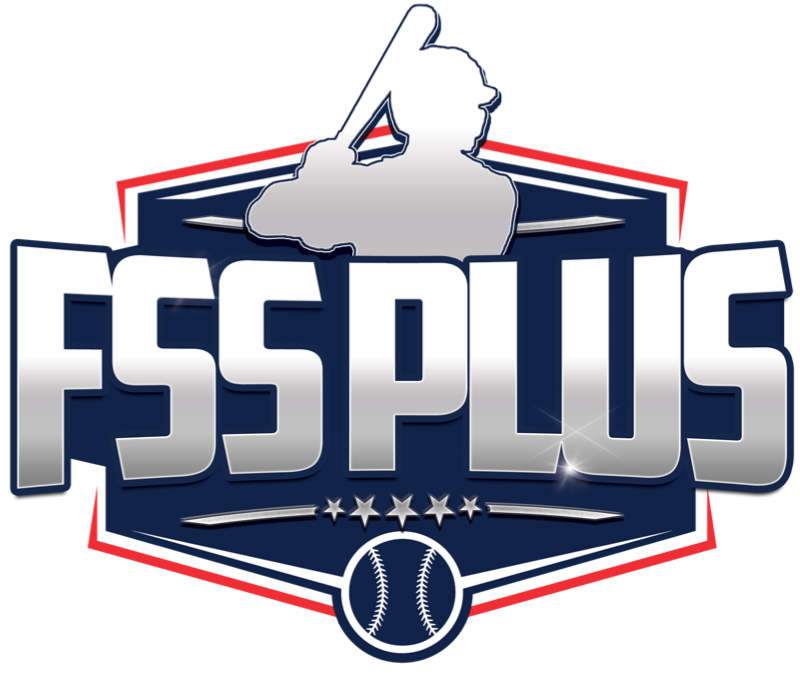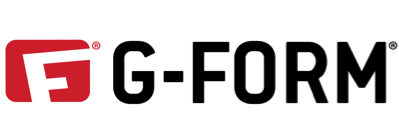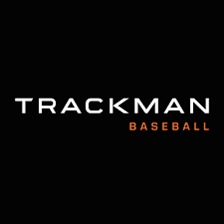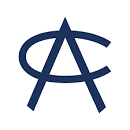The 2024 Preseason Top 30 lists are built around the idea of certainty and future Role. Similar to industry projection systems such as Future Value (FV), Overall Future Potential (OFP), and Grade, Role is a way to describe to what degree a player will add value to his organization at peak.
Our scale is a bit more conservative than other grading systems. We take into account recent seasonal performance, proximity to impact, metric/data analysis, and industry conversations to build a case for the most likely outcome for any given player.
It is important to note these Role labels are fluid and can change as a player moves up the developmental ladder. It is not uncommon for a player to change his role projection over even one month. Players jump from a Role 35 to a Role 40 quite quickly.
Things like mechanical adjustments and physical maturation can alter a player’s projection seemingly overnight. Players change. Keep that in mind.
Below is our Role chart used to place future projection on players.
| ROLE | DESCRIPTION |
|---|---|
| 20 | No organizational value. Non-prospect. |
| 30 | Organizational value, filler. Likely peaks at Triple-A or below. |
| 35 | Potential up-and-down, Quad-A prospect. Has some tools. Development necessary to secure prolonged MLB role. |
| 40 | Back-up at MLB level. No. 5 starter on non-competitive team. Depth. |
| 45 | Potential starter on contender. Bench player for championship-level team. |
| 50 | Starter on a championship-level team. Lacks star ceiling. Steady. Potential No. 4 starting pitcher. |
| 55 | Potential all-star. Some impact. Above average big-league regular. Mid-rotation starter on a contender. |
| 60 | All-star level player. Impact. Middle-of-the-order bat. No. 2 starter on good team. |
| 70 | Perennial all-star. Will contend for seasonal awards. Potential MVP/Cy Young upside. No. 1 starting pitcher. Ace. |
| 80 | Hall of Fame upside. Generational. MVP/Cy Young Favorite some years. Organizational pillar who can carry an entire franchise at times. |
You will not find players with a sub-50 Role on our Top 100 Prospect List. You are also unlikely to find any sub-35 Role players on a Top 30 board. Generally, organizations will have at least 30 players with big-league projection.
All rankings and roles by Joe Doyle
Player notes by Jason A. Churchill
The Dodgers have been among the elite in baseball for over a decade in terms of finding and developing young talent, and they stand again as one of the best farm systems in baseball, despite a few graduations and trades over the past three years.
There is an utter load of pitching to like, and the club has four big-league catchers, two of whom have a chance to start.
| RANK | PLAYER | POS | ROLE |
|---|---|---|---|
| 1 | Dalton Rushing | C | 55 |
| 2 | Gavin Stone | RHP | 50 |
| 3 | Josue De Paula | OF | 50 |
| 4 | Andy Pages | OF | 50 |
| 5 | Nick Frasso | RHP | 50 |
| 6 | River Ryan | RHP | 45 |
| 7 | Jackson Ferris | RHP | 45 |
| 8 | Landon Knack | RHP | 45 |
| 9 | Kyle Hurt | RHP | 45 |
| 10 | Diego Cartaya | C | 45 |
Dalton Rushing is a left-handed hitting catcher with above-average power and enough average defensive tools to profile as a No. 1 catcher for a good team.
He draws a lot of walks thanks to feel for the zone and a willingness to wait for the right pitch, but his strikeout rates went up 8% last season in High-A, killing his batting average (.228) and maybe hinting at a problem with hard stuff.
Lefties gave him problems, despite the triple-slash (.266/.455/.516), in the form of a 25% strikeout rate, and Rushing finished the season 19-for-87 (.218) with a 27% strikeout rate. He did hit nine homers during that span, but this isn’t a great sign.
The good news is he’s catching, looks like he’ll be good enough to warrant 100 starts a year there, and he may be finding more power.
Gavin Stone is the club’s top pitching prospect and he made his MLB debut last summer.
He’s into the mid-90s, and while the pitch is relatively ordinary otherwise, he can spot an average slider to both sides of the plate to set up a changeup that’s been plus or better for most of his pro career.
Things didn’t go well in his eight appearances in the show, but he’s missed bats with the changeup every step of the way and has the delivery to throw consistent strikes.
It’s not a frontline profile, but he’s essentially big-league ready.
River Ryan was acquired from the San Diego Padres in exchange for 1B/OF Matt Beaty in 2022, and he’s now knocking on the door of the majors with a mid-90s fastball and two breaking balls that miss bats.
He’s had some issues versus left-handed batters, but the fact he’s only been fully focused on pitching for two years suggests there’s more development on the way.
Ryan may have No. 2 stuff when all is said and done if he finds a changeup or a better way to handle lefties.
Kyle Hurt was dominant last season in terms of missing bats and if the Dodgers slide him into the bullpen — where he probably belongs permanently anyway — they may have their next closer.
Hurt has what may be the best changeup in the minors and he will touch 97 mph with 40-grade control and command. His strikethrowing took a step forward last season, first in a starting role in Double-A then in relief in Triple-A, but it’s still an obstacle.
| RANK | PLAYER | POS | ROLE |
|---|---|---|---|
| 11 | Thayron Liranzo | C | 40 |
| 12 | Emil Morales | SS | 40 |
| 13 | Trey Sweeney | SS | 40 |
| 14 | Justin Wrobleski | LHP | 40 |
| 15 | Ronan Kopp | LHP | 40 |
| 16 | Maddux Bruns | LHP | 40 |
| 17 | Kendall George | OF | 40 |
| 18 | Payton Martin | RHP | 40 |
| 19 | Yeiner Fernandez | C | 40 |
| 20 | Dylan Campbell | 2B/OF | 40 |
| 21 | Joendry Vargas | SS | 40 |
| 22 | Peter Heubeck | RHP | 35 |
| 23 | Brady Smith | RHP | 35 |
| 24 | Zyhir Hope | OF/LHP | 35 |
| 25 | Ben Casperius | RHP | 35 |
| 26 | Jake Gelof | 3B | 35 |
| 27 | Austin Gauthier | 3B | 35 |
| 28 | Gus Varland | RHP | 35 |
| 29 | Alex Freeland | INF | 35 |
| 30 | Samuel Munoz | OF | 35 |
Trey Sweeney, a college shortstop with good hands destined to move off the position, was the Dodgers’first-round pick in 2021 and he hasn’t hit much yet, despite moving to Double-A last season.
There’s at least average power in the swing and bat speed and he’s made contact with high walk rates, but he’s 24 in April and has yet to put together a season that suggests an everyday player.
Maddux Bruns is a three-pitch left-hander with two strikeout secondaries, including a plus slider and one of the better left-handed curveballs in all of baseball.
Bruns simply does not find the zone enough. The timing his delivery is a bit wonky, speeding up late and rushing through his release, but the stuff is frontline caliber.
Jake Gelof is a fringe third baseman with a power-over-hit approach, generating high strikeout rates, yet somehow too many ground balls.
Gus Varland spent all of 2023 pitching out the bullpen after the club transitioned him in 2022. He’s 93-97 mph with a slider and hard changeup, flashing average control.
Samuel Munoz enters pro ball with advanced feel for hitting and a compact swing. He also has the bat speed and natural strength to develop above-average power, but right now it’s fringe-average at best thanks to a swing engineered for contact.
- TRADE ANALYSIS: Mariners acquire Yimi Garcia, send Jonatan Clase to the Blue Jays - July 26, 2024
- TRADE ANALYSIS: Mariners get Randy Arozarena; surrender Aidan Smith, Brody Hopkins, PTBNL - July 26, 2024
- 2025 MLB Mock Draft - July 17, 2024


















